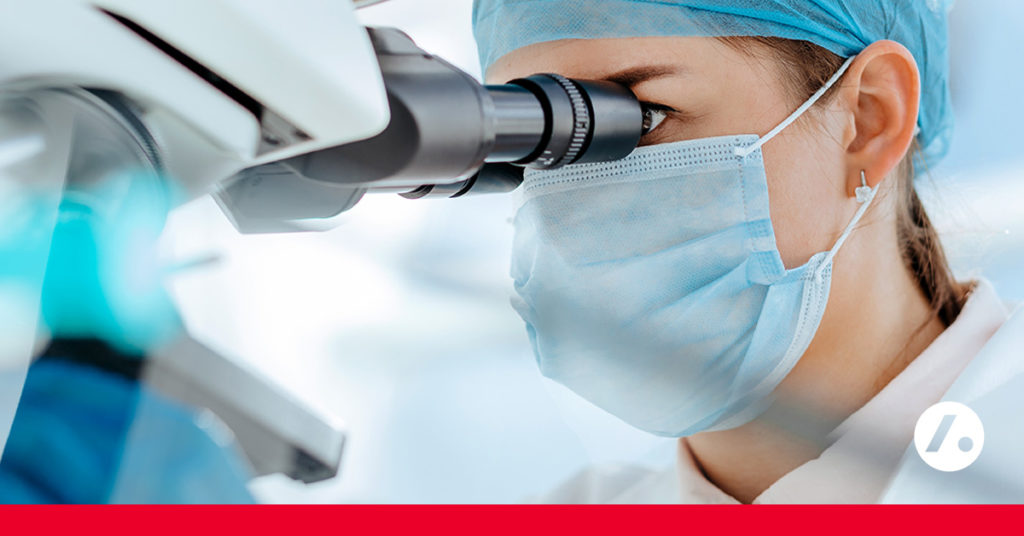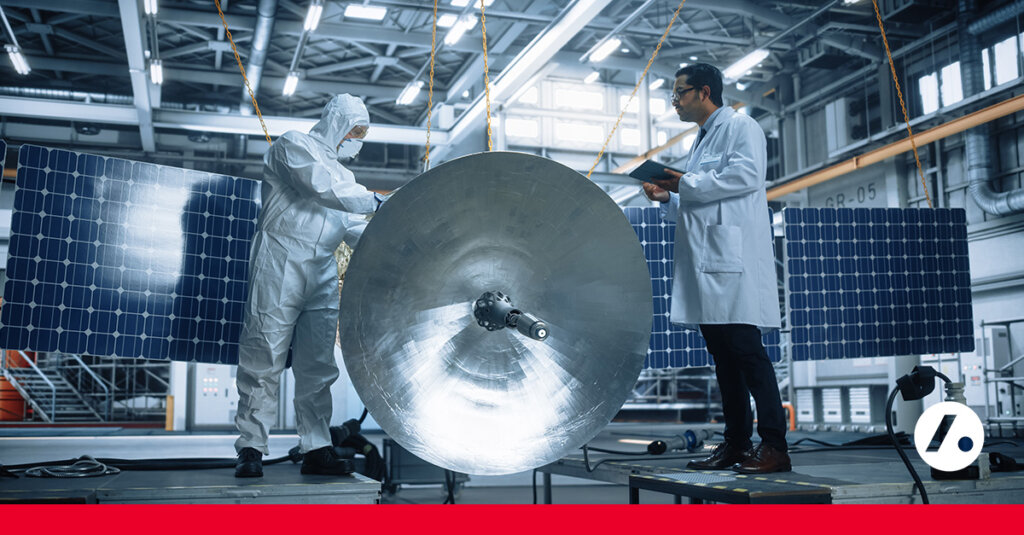
Breathing Life into the Medical Device Industry
From early detection tools to lifesaving technologies, the medical device industry engineers and manufactures the critical devices and equipment used by healthcare professionals around the globe.
These devices—including defibrillators, mobility and hearing aids, orthopedics, pacemakers, and catheters—prevent, diagnose, treat, and rehabilitate patient conditions.
The medical device industry faced many obstacles during the COVID-19 pandemic, but its outlook is bright. Now, employers will need a robust and highly qualified workforce to keep things moving in the right direction.
Industry outlook
The pandemic brought major disruptions to the medical device industry. Demand for some medical devices increased unexpectedly, while demand for others experienced big dips when elective surgeries were put on hold.
Although the industry faced much more stability in 2022 and 2023, medical device companies are still battling the supply chain challenges and economic uncertainties affecting so many other key industries.
Looking ahead, the forecast for the medical device industry is largely positive. Revenue in the U.S. market is projected to reach $182 billion in 2024 and $225.4 billion by 2028. Cardiology devices are expected to account for the largest share—an estimated $26.57 billion in the coming year.
The medical device industry employs nearly 2 million people, both directly and indirectly, nationwide. The average medtech employee salary was $88,096 in 2020—49 percent higher than the average across all industries and 18 percent higher than the corresponding premium of all manufacturing jobs.
California is home to many leading medical device companies and continues to attract more businesses that are transforming the way we deliver medical care. Medtech in California is a $32.6 billion industry, supported by 83,600 jobs statewide.
Developing the medical device workforce of tomorrow
Developing a workforce to support the industry’s growth trajectory is becoming increasingly important, as we become even more reliant on medical innovations.
There are many paths to a career in medical technology. The eight areas of expertise are Quality Assurance (QA), Quality Control (QC), Manufacturing, Field Engineering, Research and Development Design, Validation, IT, and Sales.
Workers in the industry come from diverse professional and academic backgrounds, with the most common being engineers, pharmacists, doctors, managers, and environmental scientists.
Employers in the medical device industry will continue to face a competitive labor market, which means they must stand out and find innovative ways to attract and retain the talent they need to keep up as their businesses evolve and customer needs change. Talent acquisition and employee engagement strategies might include:
- Reskilling and upskilling: The future of work lies in skills, not jobs, and we’ve begun to see a shift toward a skills-based approach to talent attraction and retention. Manufacturers, including those in medtech, will need to recruit workers from other industries with transferable skillsets. At the same time, organizations must look inward and focus on closing talent gaps by reskilling and upskilling existing employees through training, development, and strong onboarding.
Related: Developing a Successful Workforce Upskilling Program
- Using flexibility to attract and retain talent: Unlike industries such as professional services, consulting, and IT, remote work options are rare in manufacturing plants bound by geography when recruiting for research and development, QA and QC, and other onsite roles. However, flexibility extends beyond fully remote work. Consider offering your employees variable schedules and hybrid work options when possible and think about what would need to happen in terms of automation or other technological advancements to increase remote work opportunities in the future.
- Differentiating through purpose: Relocation benefits and competitive salary packages are a great way to get job candidates’ attention and convince them to join your team—but they are no longer enough on their own. Job fulfillment is a key differentiator in the medical device industry. Employees want to know they are making a difference. Support innovation and new ideas by offering employees opportunities to work on new technologies, emphasizing career growth, and providing ways for them to drive positive change in healthcare. Enhance your employer brand, rethink the purpose your organization offers its workers, and communicate through a compelling Employee Value Proposition to help you stand out as an employer of choice in a challenging labor market.
Related: The Importance of a Strong Employee Value Proposition With Examples
Related: How to Develop a Compelling Employee Value Proposition
The pandemic placed the medical device industry at center stage, with unprecedented demand for protective equipment, diagnostic tests, ventilators, and other medical supplies. Now, as we move beyond the pandemic, the industry must rethink its approach to attracting and retaining top talent. The most forward-thinking organizations will win out over their competitors and position themselves for success in the years to come.
This blog was written by Acara Account Executive Han Nguyen.





